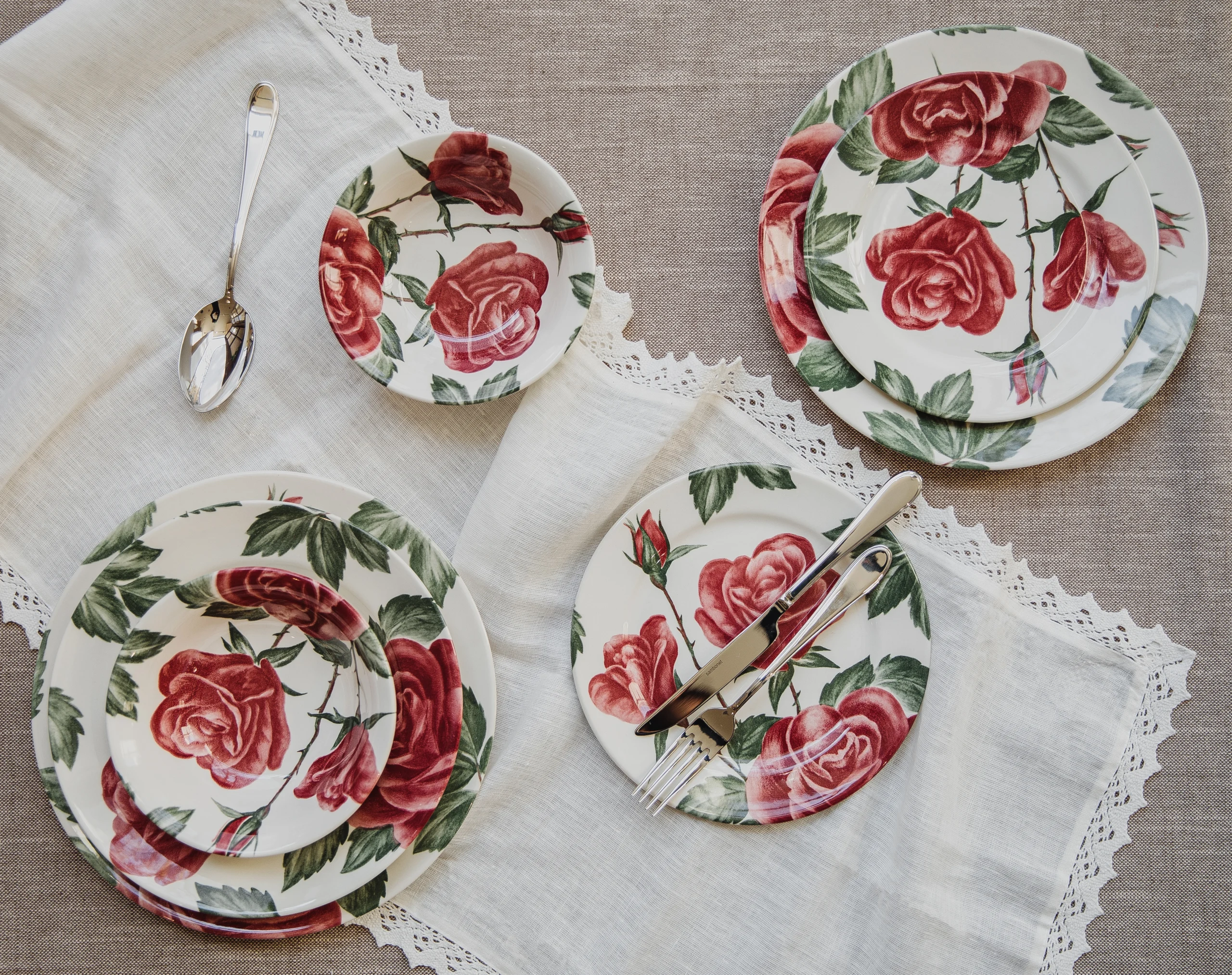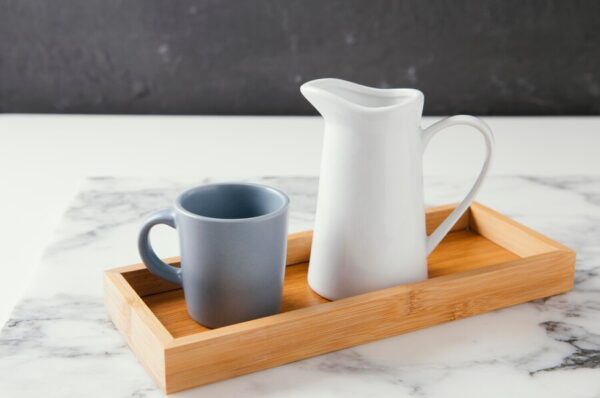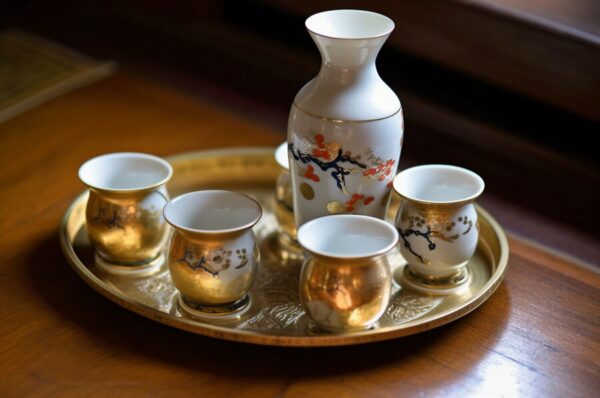When we think about enhancing the taste of food, our minds usually go straight to ingredients, cooking techniques, or even presentation. But have you ever wondered if the tableware you use might also influence the flavor experience?
Interestingly, many chefs and hospitality experts believe that ceramic tableware does more than just beautify a table setting—it may subtly influence how we perceive taste. With increasing interest in unique dining experiences, restaurants, cafes, and even home cooks are now paying attention to the materials they serve food on.
Let’s explore whether this belief has any truth to it—and what the experts really think.
The Science Behind Taste & Texture
Taste is a multisensory experience. Along with your taste buds, your eyes, hands, and even your sense of smell play a role in how you enjoy food. The surface, weight, and temperature of your plate or bowl can actually affect your perception of taste.
Ceramic is a neutral material—it doesn’t react with food like metal can, nor does it hold residual flavors like plastic. This neutrality allows your food to retain its original aroma and taste, giving you a purer flavor profile.
Also, the smooth surface and natural finish of ceramics are ideal for maintaining the food’s temperature, helping dishes stay warm longer, especially compared to plastic or stainless steel.
What Chefs & Food Experts Are Saying
Many chefs today consider ceramics their go-to tableware—not only for its aesthetics but also for its subtle effect on taste.
Chef Arjun Mehra, who runs a modern fusion restaurant in Delhi, says,
“When I plate a dish on ceramic, I know the texture won’t interfere with my food. The colors and presentation pop, but the real magic is in how it maintains the flavor integrity.”
He’s not alone. Restaurants around the world are returning to classic ceramic options, especially when serving dishes with rich gravies or complex spices, where flavor balance is key.
Psychological Effects on Taste
Believe it or not, even the color and texture of your plate can affect how you perceive taste. White or off-white ceramics help highlight food color, making dishes look more appealing. This visual boost can actually make the food taste better, thanks to a phenomenon called sensation transference—where the quality of the container influences how we judge the quality of the contents.
Heavier plates like ceramics also create a sense of luxury or authenticity. A pasta served on a sturdy ceramic plate feels more “real” and gourmet than one served on a light disposable tray, right?
Eco-Conscious & Flavor-Friendly
Another great reason to switch to ceramic is its sustainability. Unlike plastics or other synthetic materials, ceramics are eco-friendly and long-lasting. They’re also microwave and dishwasher safe, making them practical for both home use and commercial kitchens.
If you’re someone who’s looking for dining ware that is both environmentally responsible and doesn’t compromise the taste of food, ceramics are your best bet.
Who Should Use Ceramic Tableware?
Whether you’re a restaurant owner, a hotel manager, or someone who just loves hosting dinners at home, ceramic tableware is a smart upgrade. It combines elegance with utility and, as we’ve seen, might even elevate your meals to a whole new level.
Even cafes serving in ceramic mugs or bowls often get better reviews—customers feel more cared for when dining from quality plates. That feeling, in turn, adds to the overall taste experience.
Bulk Buying from Ceramic Tableware Wholesale Suppliers
For restaurants and hotels looking to make a long-term switch, buying from ceramic tableware wholesale suppliers is both cost-effective and reliable. Many suppliers now offer customized tableware to match your brand’s identity—whether you want minimalist designs or something more ethnic.
Also, most wholesale suppliers follow strict quality checks to ensure durability and food safety. This means you’re not just investing in style, but also hygiene and consistency.
Final Thoughts
While ceramic tableware might not literally add spice to your food, it certainly enhances the experience of eating. From maintaining temperature to preserving flavor, from improving aesthetics to influencing perception—ceramic makes a strong case for itself.
So next time you’re thinking of a kitchen or restaurant upgrade, remember: choosing the right tableware can be just as important as choosing the right ingredients.





